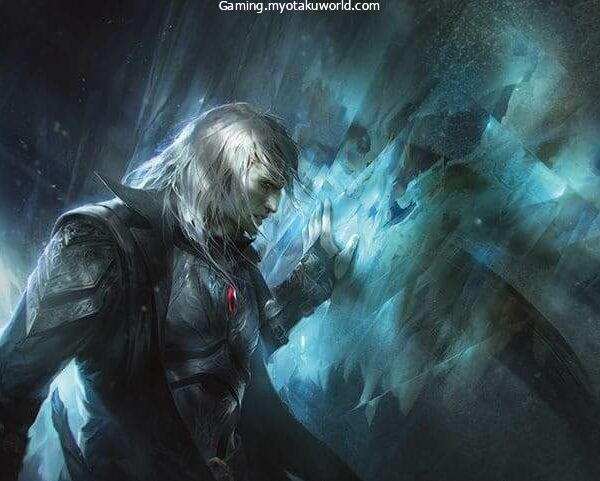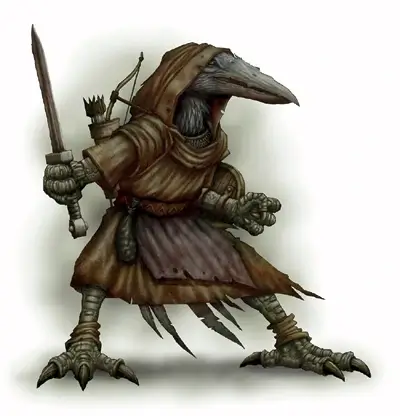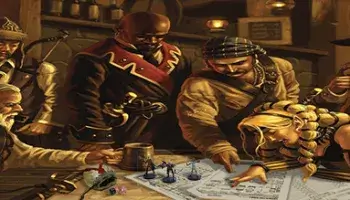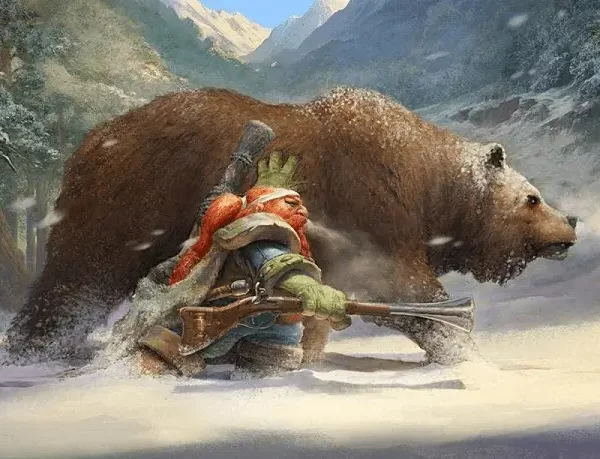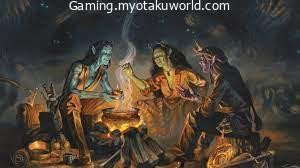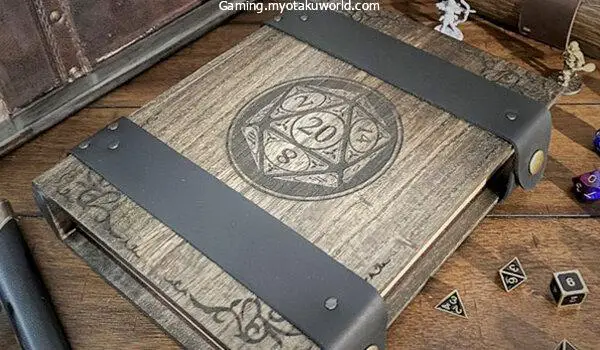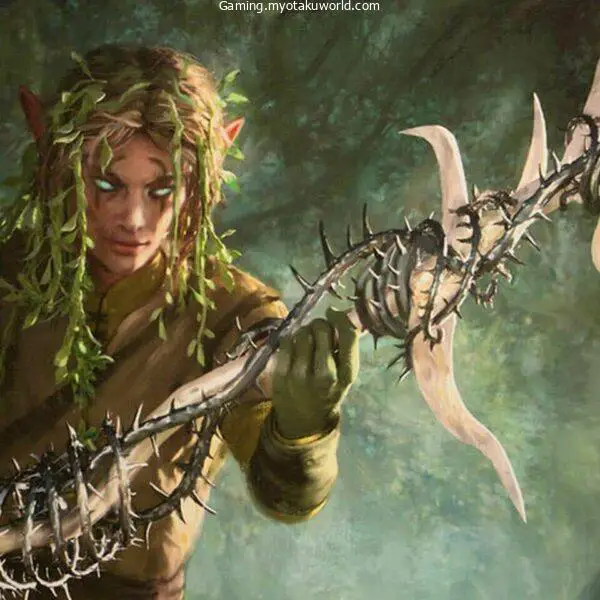D&D, which stands for Dungeons and Dragons, has been around since the early 1990s.
Since then, the D&D community and, by extension, the community of tabletop role-playing games (TTRPGs) has only grown in size, popularity, and importance.
Several D&D tables, game groups, and D&D campaigns have been made, which have been the starting point for a lot of creative adventures.
But not everyone can commit to a set schedule, and many people would be scared off by the commitment, learning curve, and large amount of information needed to even start playing D&D as a player.
Even after facing those challenges, the ultimate test for any table is being able to coordinate a schedule without having last-minute changes cause delays or even cancellations. It’s no secret that the “D&D experience” has a fairly high barrier to entry.
The One Shot Ideas came about as a way to make D&D more accessible in general. Like how single issues of manga (Japanese comics) are called “One Shot Ideas” and “single issues” in western comics. Compared to a whole campaign, a one-shot is a short story that, in theory, could be told, played, and finished in one sitting.
The one-shot should be short, stand on its own, and have a clear story from beginning to end. People could also think of a one-shot like flash fiction, which are short but interesting stories that are often read in one sitting.
The most famous one-shots are the Adventurer’s League (AL) modules or expeditions, which serve as a companion piece to each season and hardcover Wizards of the Coast (WoTC) release. These modules or expeditions either lead up to or add to the main storyline of the season or hardcover release.
But, since one-shots are what they are, most of these modules are self-contained “episodes” that the hardcover can do with or without. They usually last between three and four or five to eight hours, depending on how long and detailed the module is.
The Critical Role streams are also good examples of one-shots that are relevant. One-shots like “The Search for Grog” and “Dalen’s Closet” that are relevant but not directly related to their main campaign.
Even side stories like “Tiny Tina’s Wonderlands One-Shot” and “The Song of the Lorelei” by Liam O’Brien. Shows how a one-shot can add flexibility, scope, and adaptability to the TTRPG experience.
What I’ve Learned About One-Shots?
I’ve been a part of the D&D and TTRPG communities for more than seven years. During this time, I have been a big fan of all things D&D, both as a player and as a Dungeon Master (DM).
Slowly but surely, one-shots have become important in the TTRPG setting, so I’m not new to them.
From season one’s “Tyranny of Dragons” to season seven’s “Tomb of Annihilation,” I’ve been a fan and player of the AL modules.
I’ve also watched and liked a few one-shot episodes of Critical Role and taken part in a few experimental, home-made one-shots.
On the other hand, as a DM, I’ve run my fair share of one-shots in the homebrew and AL Module formats. “A Dish Best Served Cold” (DDAL5-05) is my favourite unit in AL.
What I do with One-Shots?
Because a one-shot is flexible, it can be used in many creative, interactive, and effective ways.
I’ve used one-shots for campaign-related adventures, testing homebrew mechanics, and both introductory or beginner-friendly homebrew and AL-style one-shots that I’ve written and run.
I’ve also used one-shots to tie up any loose ends my players might feel in a campaign, like getting back stolen loot or making good on a promise that wasn’t kept.
Most of the time, I use one-shots to try out ideas that I want to use in a full campaign.
How a One-Shot is Put Together?
There is no one way to make a one-shot. The best thing about one-shots is that they give DMs the freedom to try out different things.
But based on my own experiences with homebrew and AL, a one-shot could be put together like this:
- Adventure Hook & Introduction
- Part 1: Receiving the quest or meeting the quest giver
- Part 2: Searching for the trail, clues, or destination
- Part 3: Reaching the destination or goal
- Part 4: The big clash or conflict
- Resolution
I Use These as General Rules
The few rules of thumb I use for one-shots can be used for an entire campaign. Even so, I always make sure:
1. Set a clear start and end for the session
This rule doesn’t just take into account how long the session will last, but also how much it will cover. It is very important that everyone at the table knows how long they have to play.
The DM should also know as much as possible about the module or one-shot they are running so that there aren’t as many awkward pauses or awkward freezes that could ruin the experience for everyone at the table.
The DM will be able to know where their one-shot is at and how it is going as time goes on.
This is more important for a one-shot than for any other type of TTRPG, because the one-main shot’s strength is that it can tell a satisfying story in a short amount of time.
2. Plan ahead
At first glance, this seems like an obvious rule. However, the table saves a lot of time and trouble by taking the time to talk about anything that can be done before the session.
Before the session, make sure that every player’s character sheet has been checked, cleared, and set up completely. This will help the game start off smoothly for everyone at the table.
If the DM is around, eager players can also ask questions and get clarifications about their character, the campaign setting, and the situation, so that everyone at the table is on the same page in terms of the story and how the game works.
More specifically, the player should already know that they should give the session their full attention. But as a player, I also try to figure out what’s going on and plan my moves so I don’t get stuck.
In the end, a good plan gives the DM a complete picture of the table they are running. A DM who is experienced and well-prepared should be able to easily change and adapt encounters and scenarios to fit the type of table, adventure, and character(s) they are telling the story for.
3. Notes
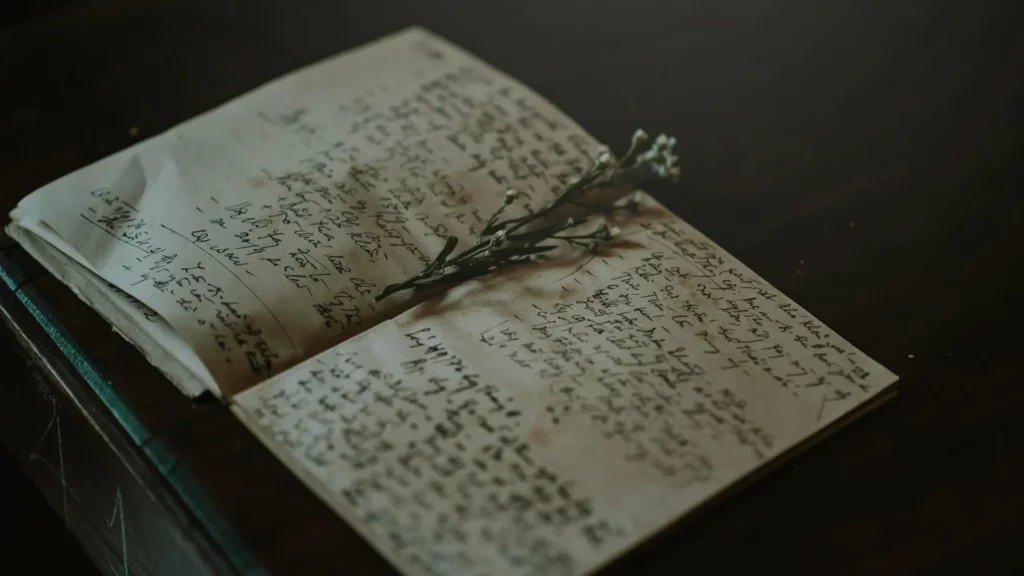
Never forget how much taking notes can help a table. As a DM, having the right cliff notes, details, keywords, names, and encounter summaries written down and ready to go makes a big difference in my ability to tell stories and keep the game going in the right direction.
As a player, trying to figure out the important or hidden details of the story and writing them down have saved my party and me a lot of time wondering “Who did it?” and “What now?” and “How do we solve this?”
Some things to watch out for
Even though one-shots are flexible and short, I ran into some of these problems when I used them.
1. The fear of time constraint
I said that one-shots usually last between three and four or five and eight hours. But, depending on how well you know the game and how much experience you have, these one-shots could quickly go over the time limit.
This often makes the table anxious or stressed, since they know the DM will have to finish the session no matter what.
This way of thinking can sometimes make the DM or the players mess up a move or make a decision quickly just to speed up the story instead of enjoying it and getting into it.
2. Who cares? It’s “Just a one-shot.”
Most DMs would be angry right now, and I’m no exception. Setting up a session takes a lot of time, and the DM needs to spend more time on it than the players.
This could happen because the DM didn’t have enough content or wasn’t ready, but it could also be because a player forgot something.
Because they show that something works, one-shots may have lower stakes than a whole campaign.
But we should all remember that it is still a story and an adventure that are meant to make a game night or session fun, interactive, and exciting.
A good attitude about how to behave at the table would go a long way.
3. The big “uhhh” moments
On the other hand, players and DMs can sometimes take too long to make decisions or tell stories.
Even though D&D is meant to be a strategic game, and we’ve already said that rushing things will break the table’s sense of immersion and enjoyment, sometimes a long silence can be even worse.
It’s up to the table’s culture and rules to decide how to handle these lulls. The DM could continue the story after a certain amount of time, a player could say, “Ok, we’ll come back to you,” or a co-player could say, “
My go-to ideas for D&D one-shots
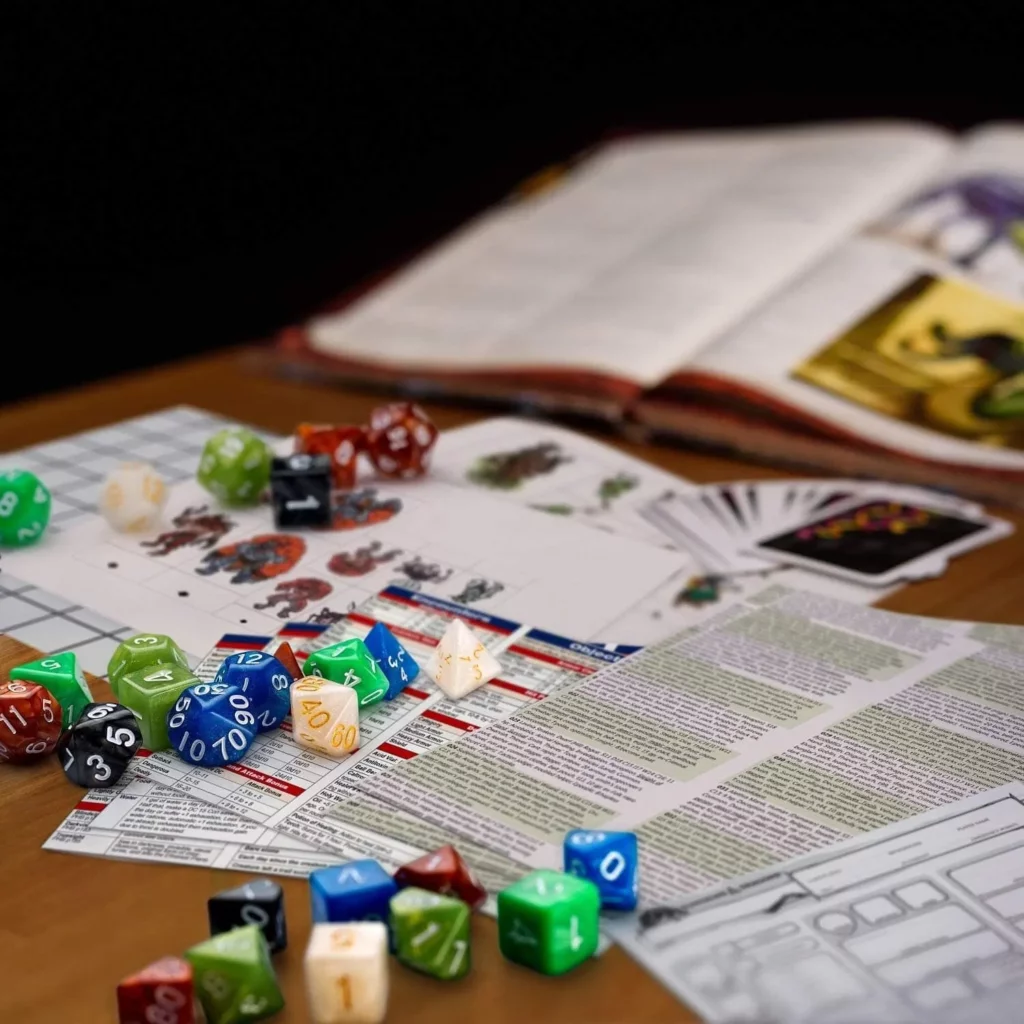
Context is very important. Before I talk about some of my favourite types and ideas for one-shots, I want to remind everyone that each table, DM, and player has a different context when it comes to D&D and TTRPGs in general, so if my context doesn’t apply to yours entirely, a simple adjustment should fix that.
The ideas I’ll be pitching will be based on core ideas so that their supporting themes, genres, and encounter details can be changed easily by the table.
1. The [Blank] ’s Hoard of Trials
A big pile of treasure is usually enough to get the attention of any respectable munchkin or collector. But this dungeon crawl, whether it’s a traditional or reverse dungeon crawl, can give a classic and well-known one-shot idea a little something extra.
As a standalone, this Hoard of Trials will hold a more intelligent, sentient creature that wants to entertain and reward those who want their hoard (i.e., Beholder or Ancient Green dragons).
They would spread their treasure around their lair and make each room have a different encounter for a piece of their treasure. If the party failed the encounter, the DM could either wipe the party or take away the treasure, depending on how well he or she knew the party.
Most of the time, it would be a classic one-shot experience with three to five rooms and three to five hours. I used this one-shot when, at the end of a campaign, the party wanted to raid the tomb of a foe they had killed.
As soon as we started the one-shot, post-campaign at the end of the dungeon, it turned into a reverse dungeon crawl.
2. Escaping a God’s Dream
This one is a little bit different. I’ve always been interested in the ideas behind lucid dreaming. The idea for this one-shot came from putting that together with the idea of an Escape Room.
Some martial arts manhua/manga say that Gods or other powerful beings have a whole world inside of their bodies. I used the idea and put my players in a God’s dream.
In this dream, there was a whole ecosystem, and when the god was asleep, the world thrived. The party woke up in this god’s world and must now figure out how to get back to their own.
As the DM, you should think of more than one way to solve this problem. I could do three things. Either they could solve the puzzle left by the group that got away, or they could wake up the god by getting rid of the “nightmares” he was having.
On the other hand, if everyone in the group had died, they would have woken up anyway. Of course, there would be penalties if it was the last choice (i.e., the loss of loot or exp).
3. The Box
The Box or The Sandbox is a place where “anything goes.” When I was staring at a blank Roll20 map, I realised it looked like one of those reality marbles where people could be put.
I started using the Box as an instance next to a campaign. When a session was cancelled or cut short, I had the players roll percentile dice to see if “The Box” would appear. This kept them from being upset or let down.
In my world, “The Box” is an object made by a god with no face. The Box is full of trials, riddles, monsters, and treasures.
It gave me a good reason to try out new things without putting the campaign at risk, and it also gave me a good story reason for these cancelled or canceled-for-now sessions. It was because the Box ate them or took them.
It gave the players something to look forward to and pushed them out of their comfort zones whenever it happened.
This method might not work for every table, since some might want to get back to the main campaign as soon as possible, but it’s a great, low-effort one-shot experience for them either way.
The Box doesn’t have a direct effect on the campaign because anything that happens in the Box stays in the Box. The only exceptions are small benefits that they could roll for when they finished the Box.
4. Creator’s Tool
There are times when the players have as many good ideas, if not more, than the DM. I found myself using the “Creator’s Tool” to test items, ideas, and concepts that the players want to find in the campaign.
A crafting competition and a cooking battle were both one-shots that I held for a night to talk about the possibility of homebrew items, crafting systems, and a more complicated cooking system that gave players bonuses when they ate certain kinds of food, like how food works in MMOs.
5. The Last Stand
Murder hobos rise up! And have fun with this one-shot, which is just a slaughter fest. Using ideas from Norse Mythology’s Valhalla, Borderlands 3’s Slaughter House, and Halo Reach’s last scenes, I made the last stand as a sort of goodbye for characters who have died.
If their characters can no longer be brought back to life, their players get one last fight with an endless wave of monsters before their characters finally fall and their journey ends with a bang.
The Last Stand is also a great place for me to try out new ideas for creatures or ways to fight that I haven’t yet put into the main campaign.
FAQs
How many people can play in a one-shot?
It depends on how experienced the DM is and how many people they can or want to host. Most of the time, it’s best to have four players and one DM at a table. However, tables with six or eight players can offer a lot more variety if they’re run well.
What is the difference between a one-shot and a mini-campaign or mini-series?
When a story has more to it than a one-shot can handle, but not so much that it would take more than six sessions, a mini-series of the campaign is run. The most popular mini-series I can think of are Dimension 20’s Side Quests and Critical Role’s Exandria Unlimited. The stories in these examples are short and end in four to eight two- to four-hour sessions.
Can it still be considered a “one-shot” if it isn’t finished in one sitting?
This is a point of disagreement between different tables. Some people say that a one-shot that can’t be finished in the allotted time is no longer a one-shot. I think it depends on what the story is about, what it says, and where it is set. Even if the session was cut short or interrupted and a second session was needed to finish up, I would still think of it as a one-shot.
Even if the story or player choices took too long and needed another session, I’d still consider it a one-shot. When it’s clear that the DM put in too many encounters or didn’t handle an open ending well, I wouldn’t call it a “one-shot.” This is especially true if it goes on for more than two game sessions.
How do I approach making or organizing an encounter?
Making an encounter is an entirely different subject. Your encounter types depend on whether you are running a session or a one-shot. Do more people at your table like to play roles? Maybe we need more time to explore the world and talk to NPCs. Who in your group likes to fight the most? Then maybe there should be more fights between creatures or between people. There are a lot of things that go into making an encounter, and it’s up to the DM to figure out what they are so that the one-shot or campaign does well.

